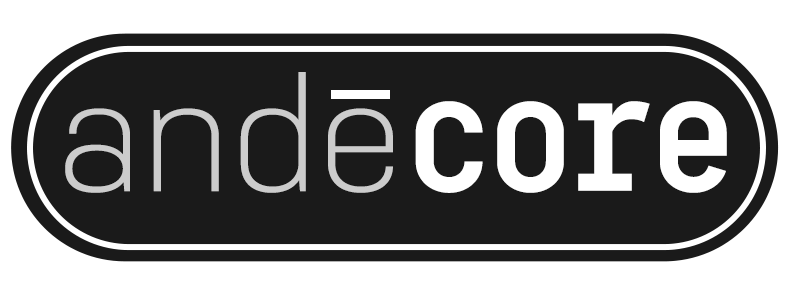Understanding Quality
Large enterprise does not have exclusive rights on quality. Our Understanding Quality course helps smaller businesses understand how what quality is and how they can improve management of their operations by adopting a quality mindset.
Learning Objectives

Quality Concepts
Differentiate between different quality perspectives and filter those perspectives according to large-medium enterprises and smaller businesses
Quality Functions
Describe the function of quality in general, the function and necessity of a quality management system, its approaches, and desired outcomes

Quality Focus
Differentiate between a large-medium enterprise organization vs. smaller business with specific focus on the quality management needs of both.
Quality Strategy
Assess quality gaps, strengths, opportunities, and threats within their operations and create a strategic quality solution to manage their assessments.
You’re Never Too Small for Quality
Quality Management
Quality management is a system of strategic decisions that cater to exceeding the needs of the customer. Leaders use quality management systems to document the processes, policies, and plans intended to achieve the organization’s quality objectives.
Large enterprises have historically had favor when being introduced to the benefits and goals of quality as a measure of excellence and system of management.
Smaller organizations cannot compete in the same space when their resources, needs, profits, and budgets are not parallel to that of multi-national corporations.
Understanding Quality is intended to help smaller businesses acquaint themselves with quality as a business concept and management system, filtered by their needs and common operating resources.
Hours To Complete
Total Modules
ASQ and Quality
The American Society for Quality (ASQ) is the International Organization of Standardization’s American branch and the largest member organization devoted to quality.
Common elements of Quality Management
- The organization’s quality policy and quality objectives
- Quality manual
- Procedures, instructions, and records
- Data management
- Internal processes
- Customer satisfaction from product quality
- Improvement opportunities
- Quality analysis
Quality Management Benefits
- Defining, improving, and controlling processes
- Reducing waste
- Preventing mistakes
- Lowering costs
- Facilitating and identifying training opportunities
- Engaging staff
- Setting organization-wide direction
- Communicating a readiness to produce consistent results
21st Century Quality Principles
People
People are the key for navigating the digital disruption that is the new industrial revolution.
Process
Processes are becoming automated. New workers must understand the nuance in doing it right the first time or processes fail, leading to broken operations.
Technology
Technology is the key to balance. It gives smaller business leverage to keep pace with large enterprise and some cases, surpass with their ability to pivot at a moment’s notice without the stagnant momentum of a top-heavy organization.
Making Your Quality Plan
Quality plans should be integrated into the strategic planning for your organization. Whether it’s a board meeting including the C-suite or a journal entry specifying next year’s goals, your plan should be documented and actionable.
ISO 9000:2015 Quality Principles
- Customer focus
- Leadership
- Engagement of People
- Process Approach
- Improvement
- Evidence-Based Decision Making
- Relationship Management
